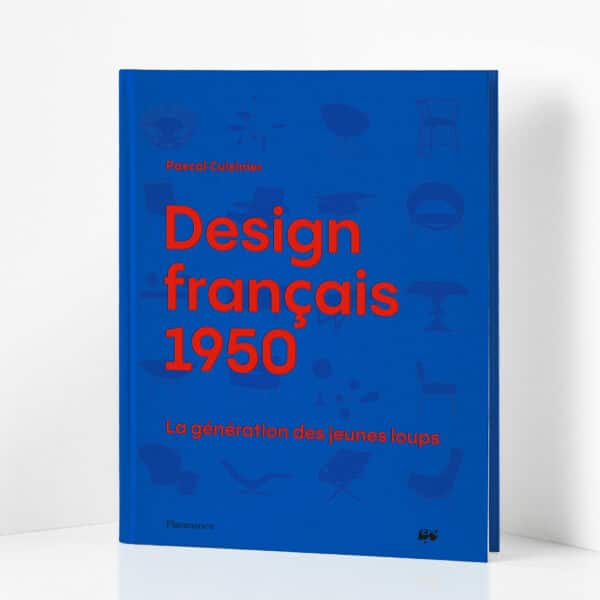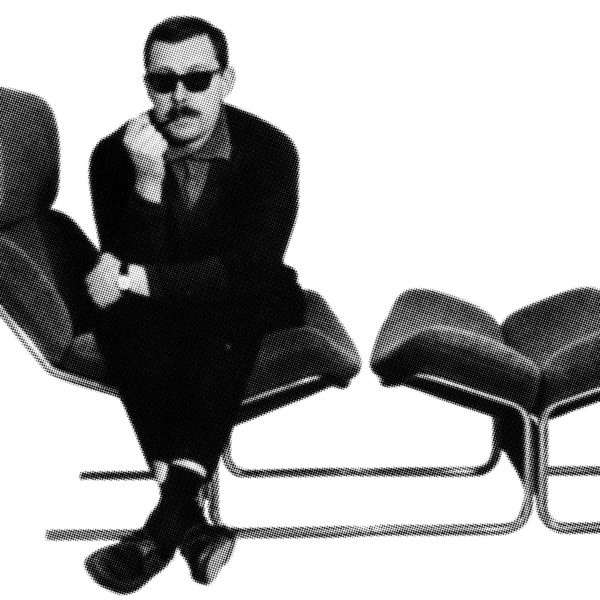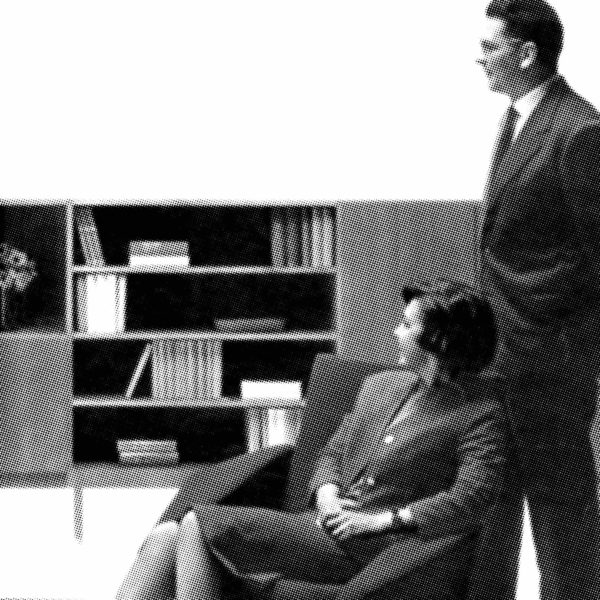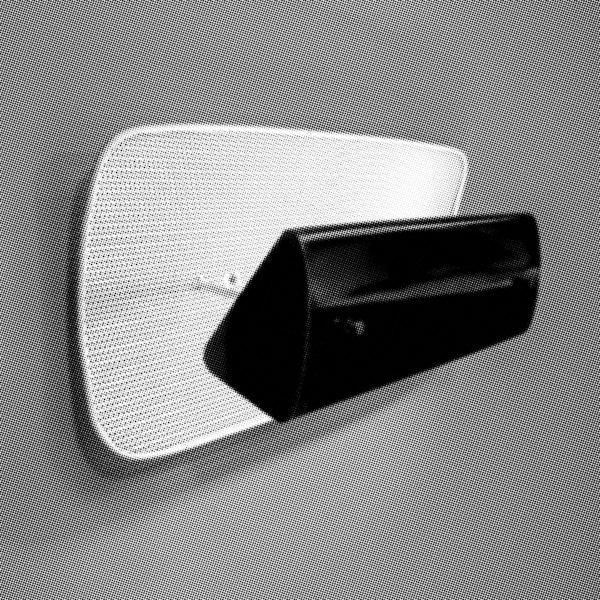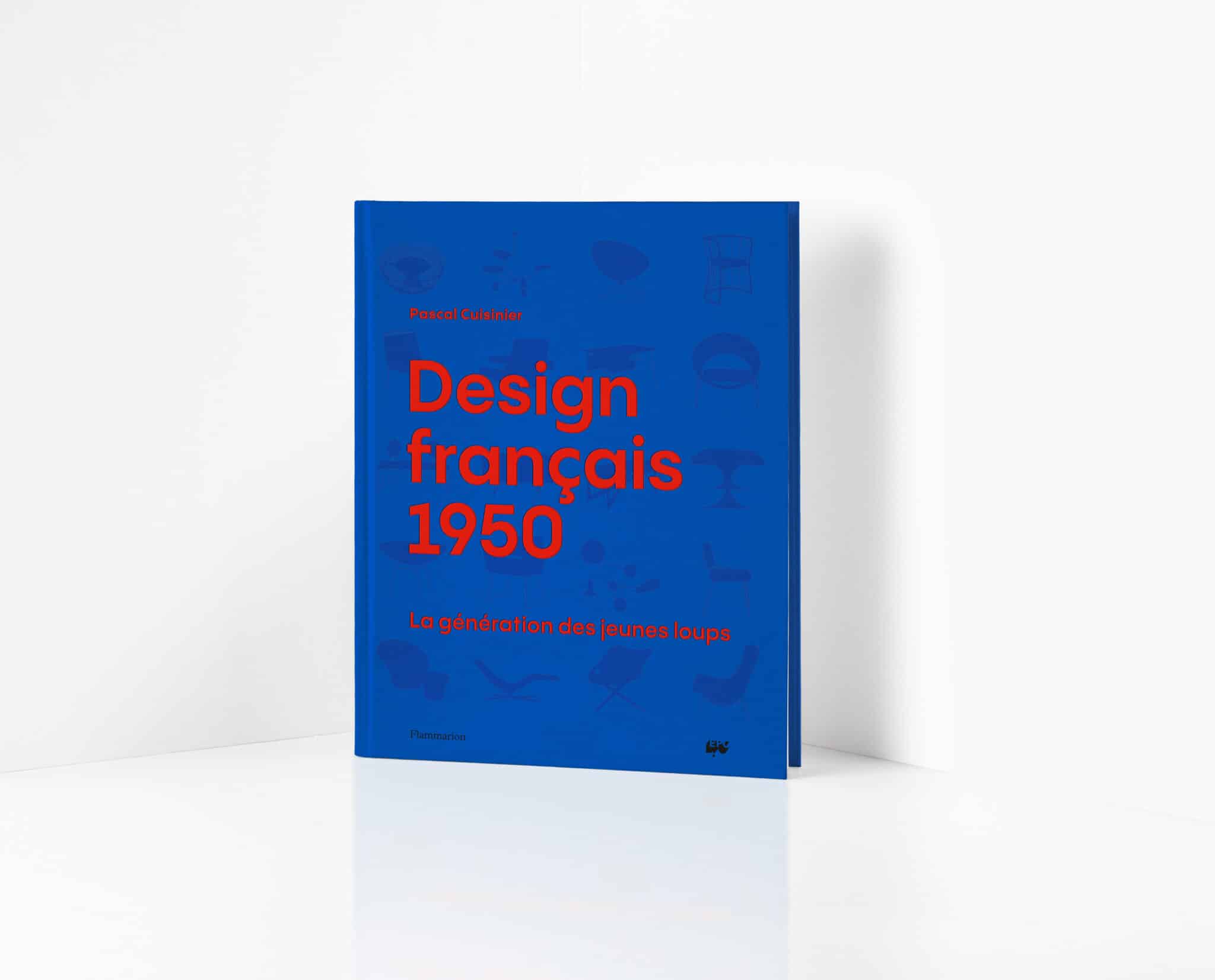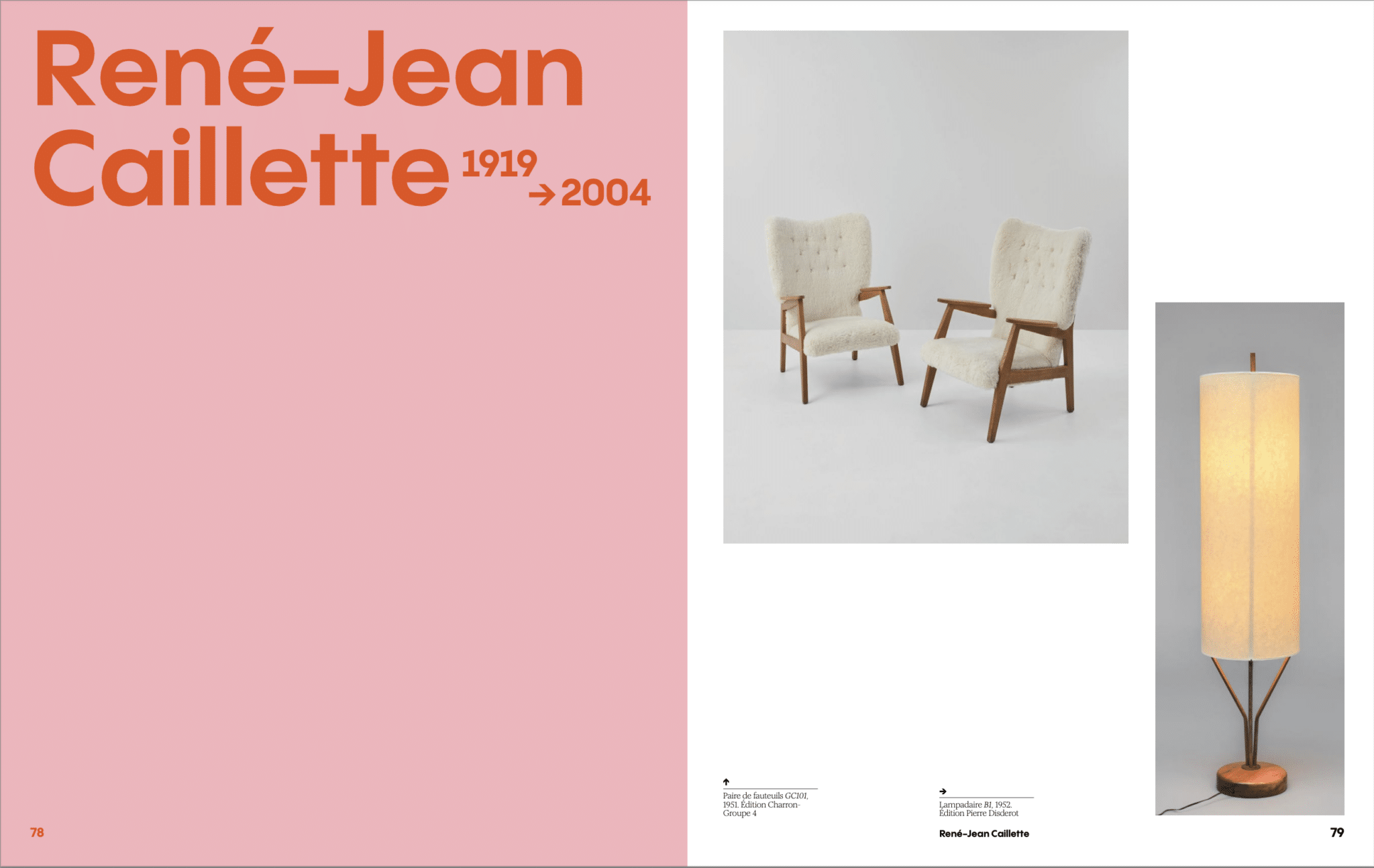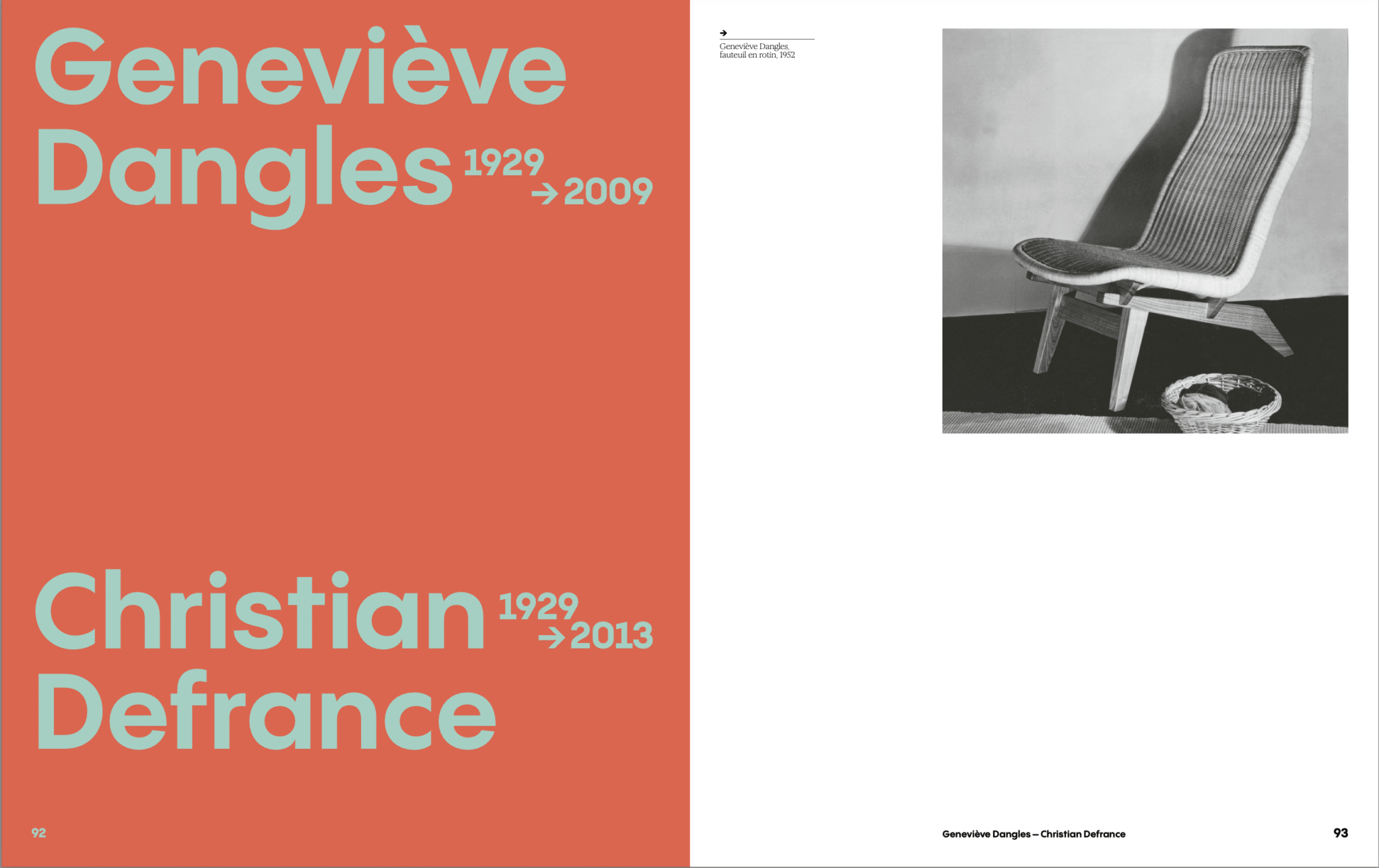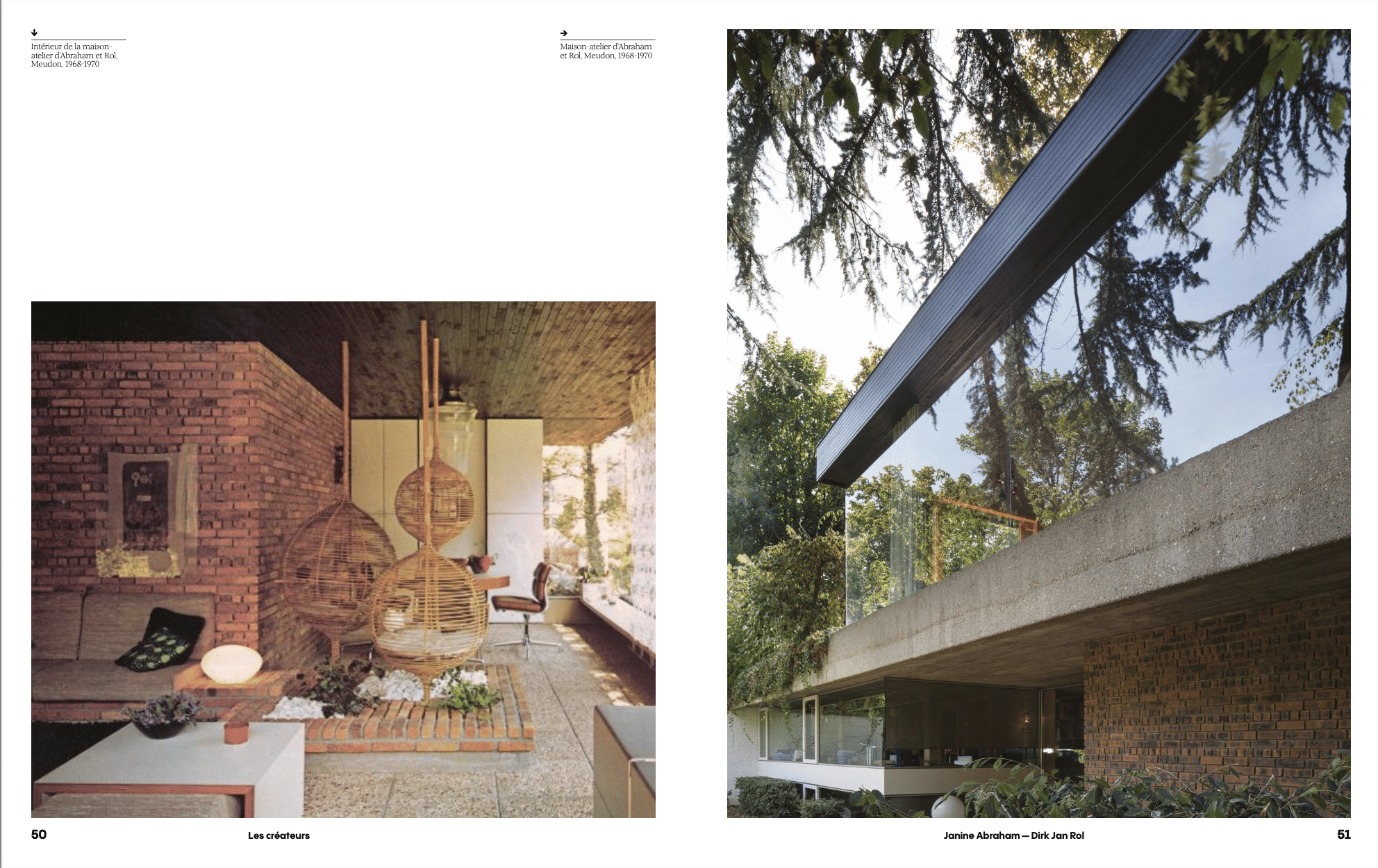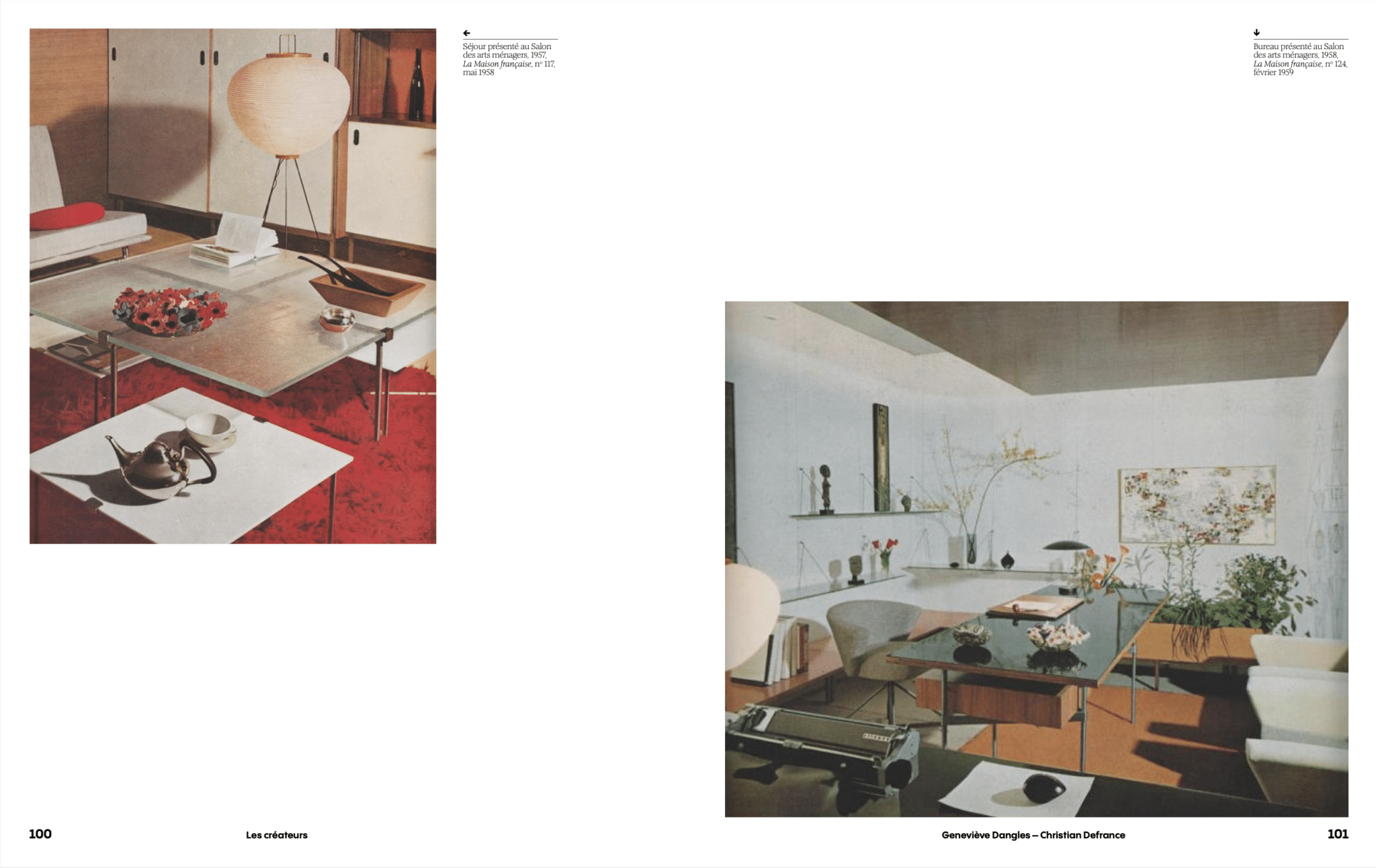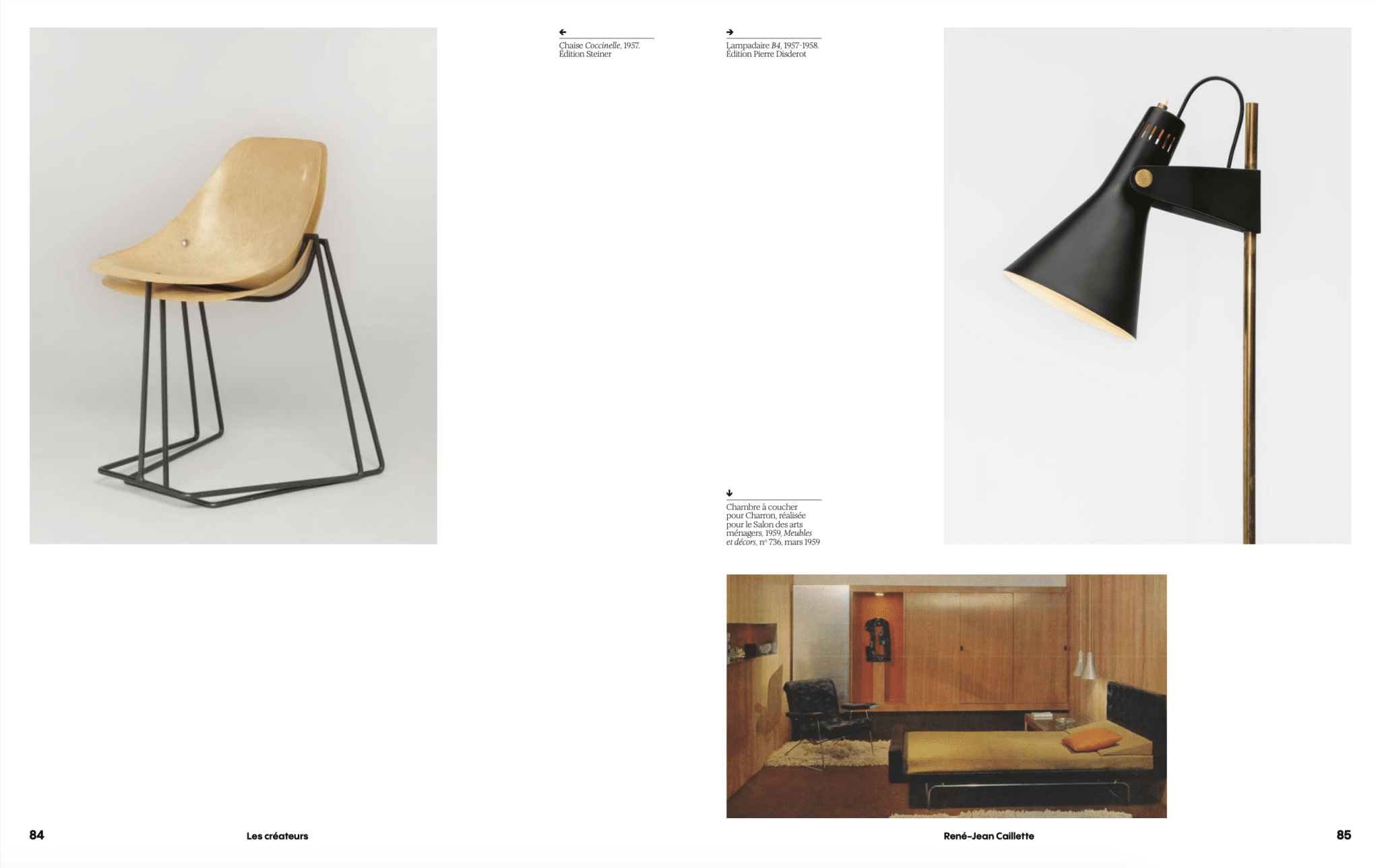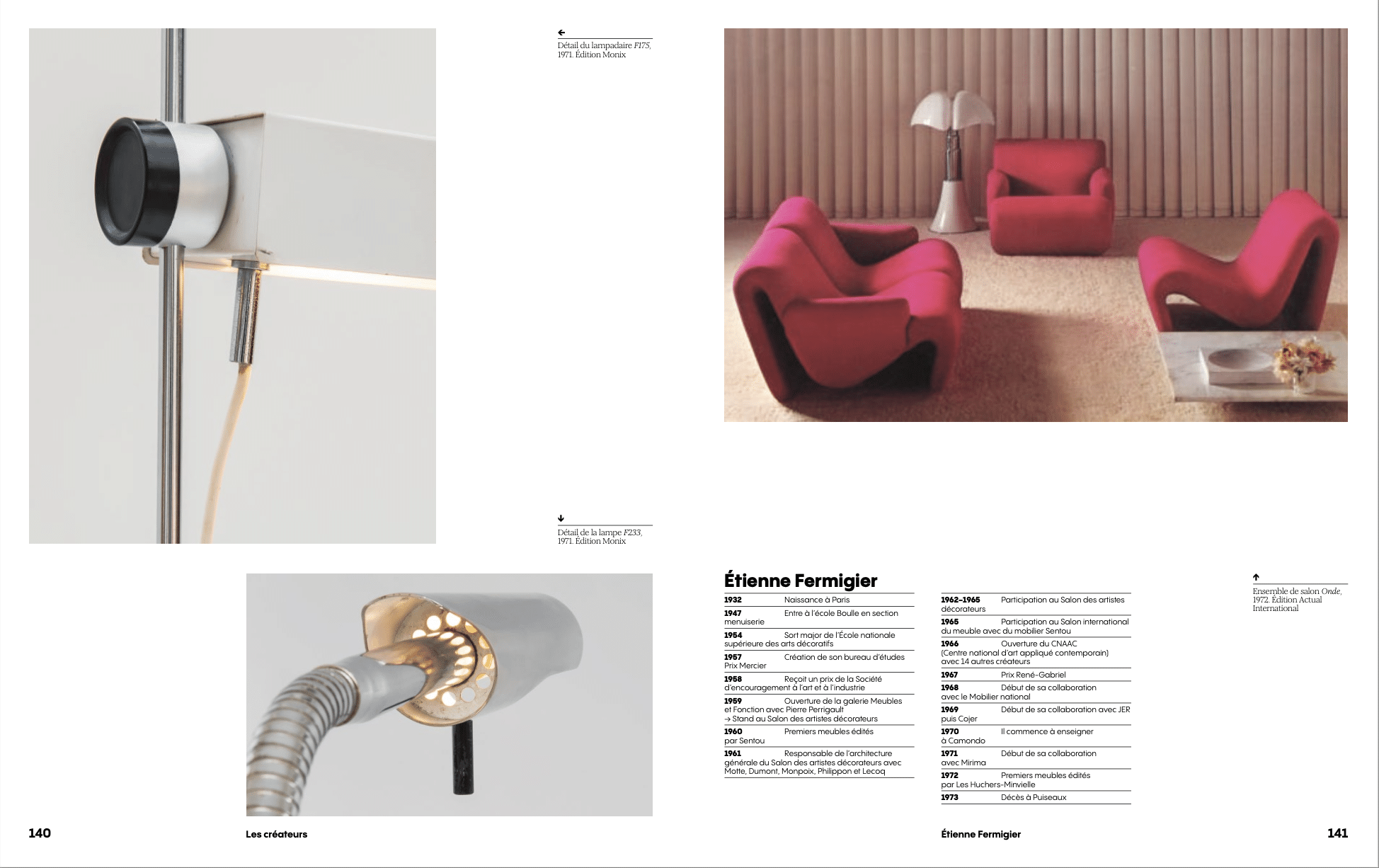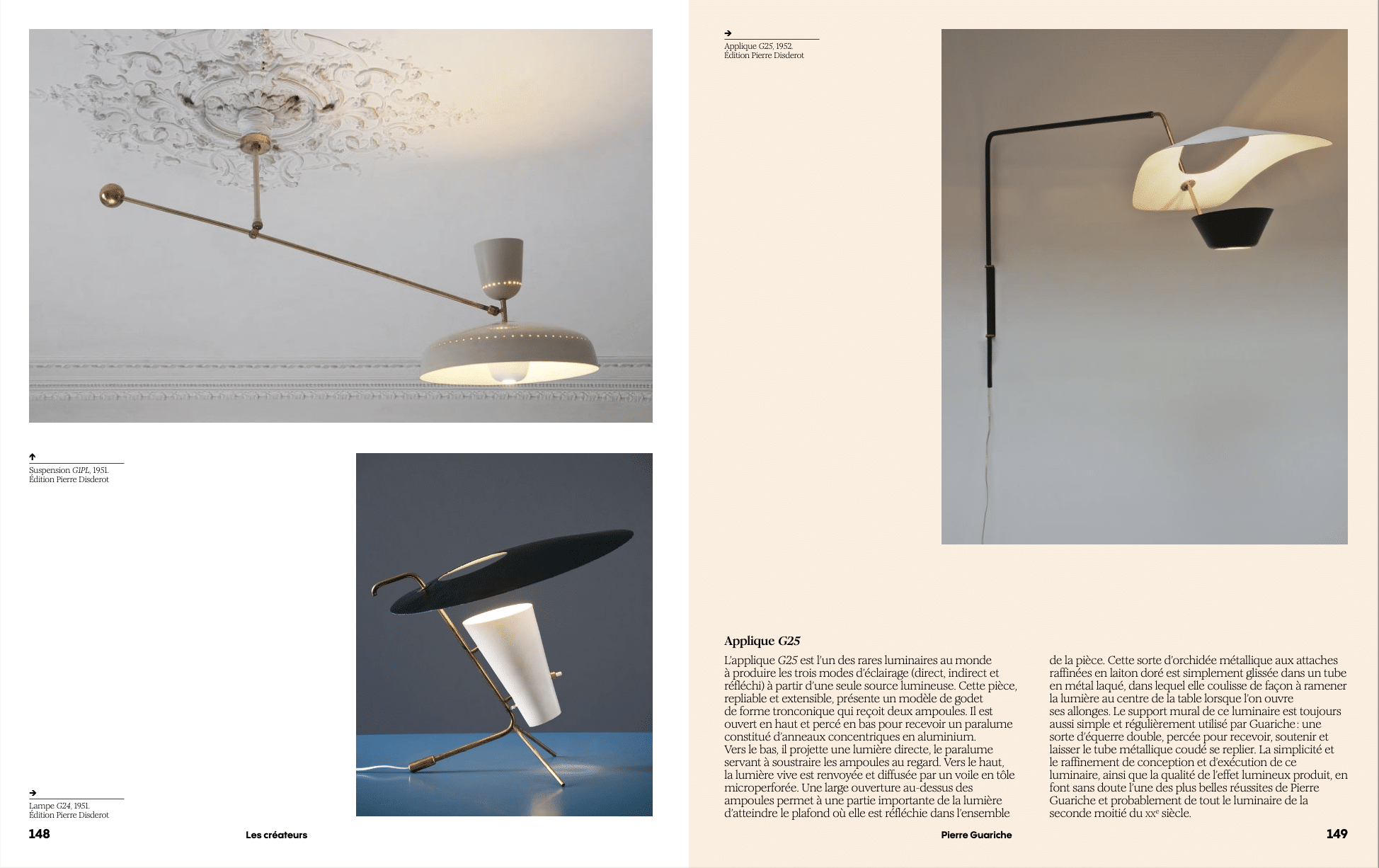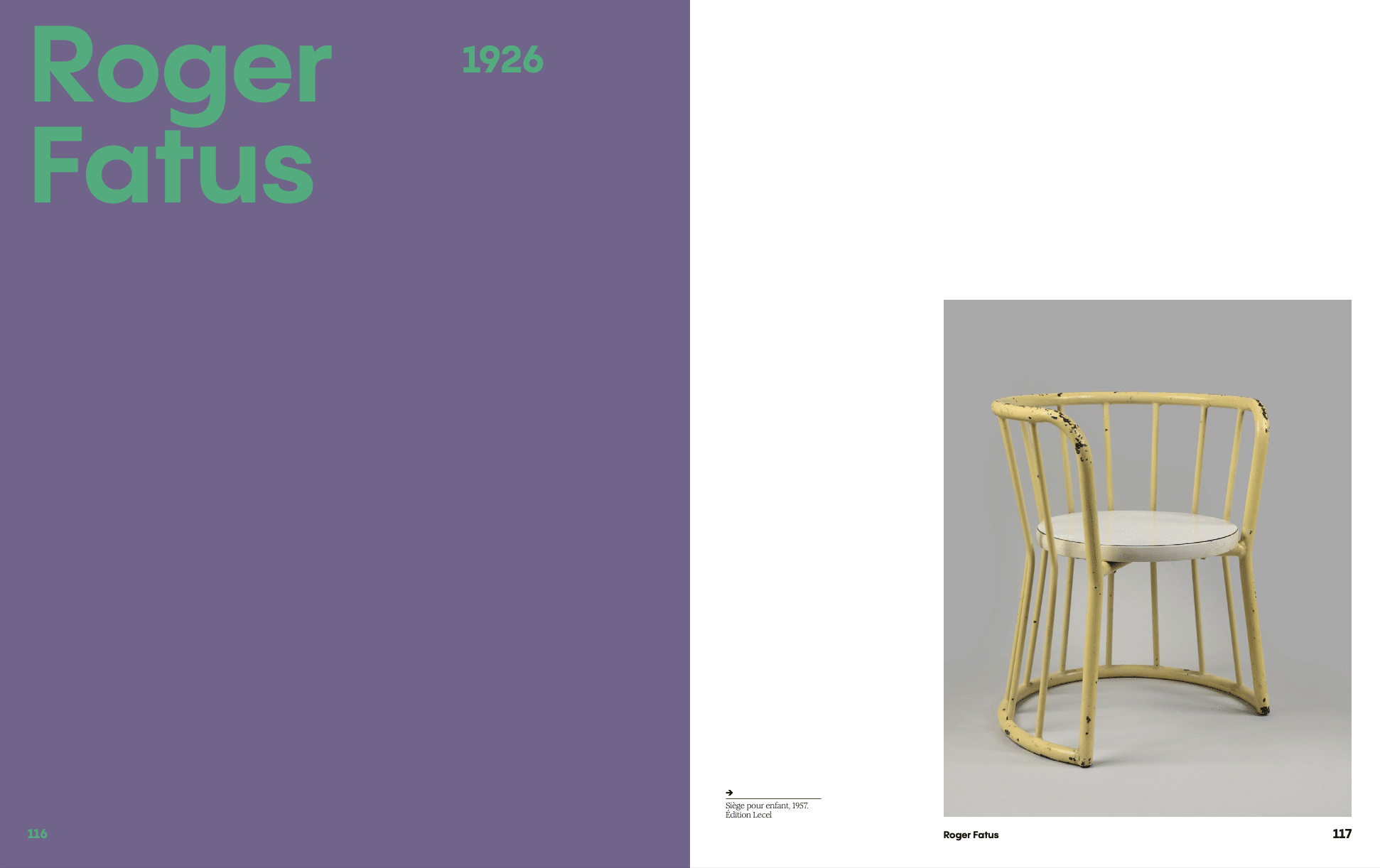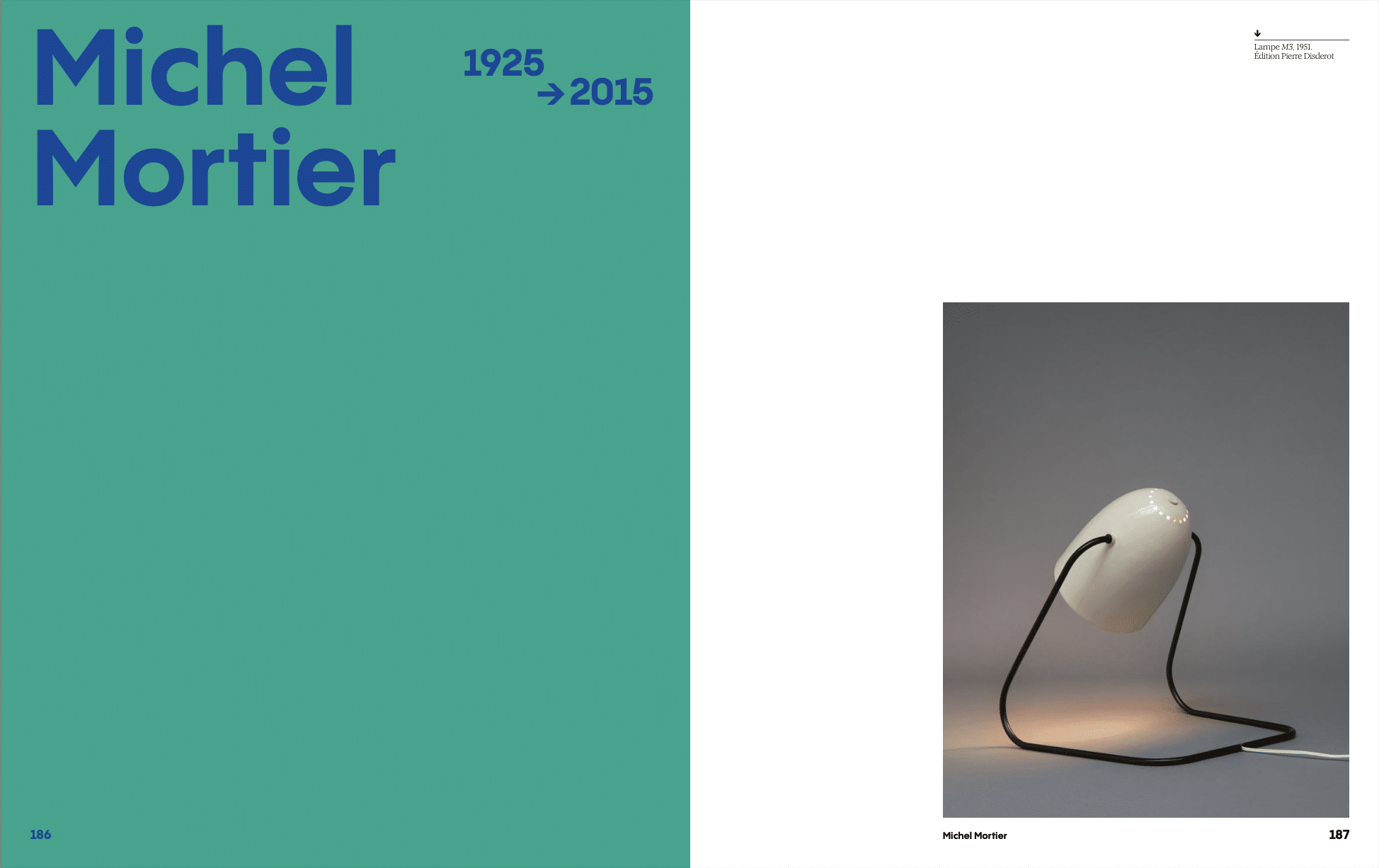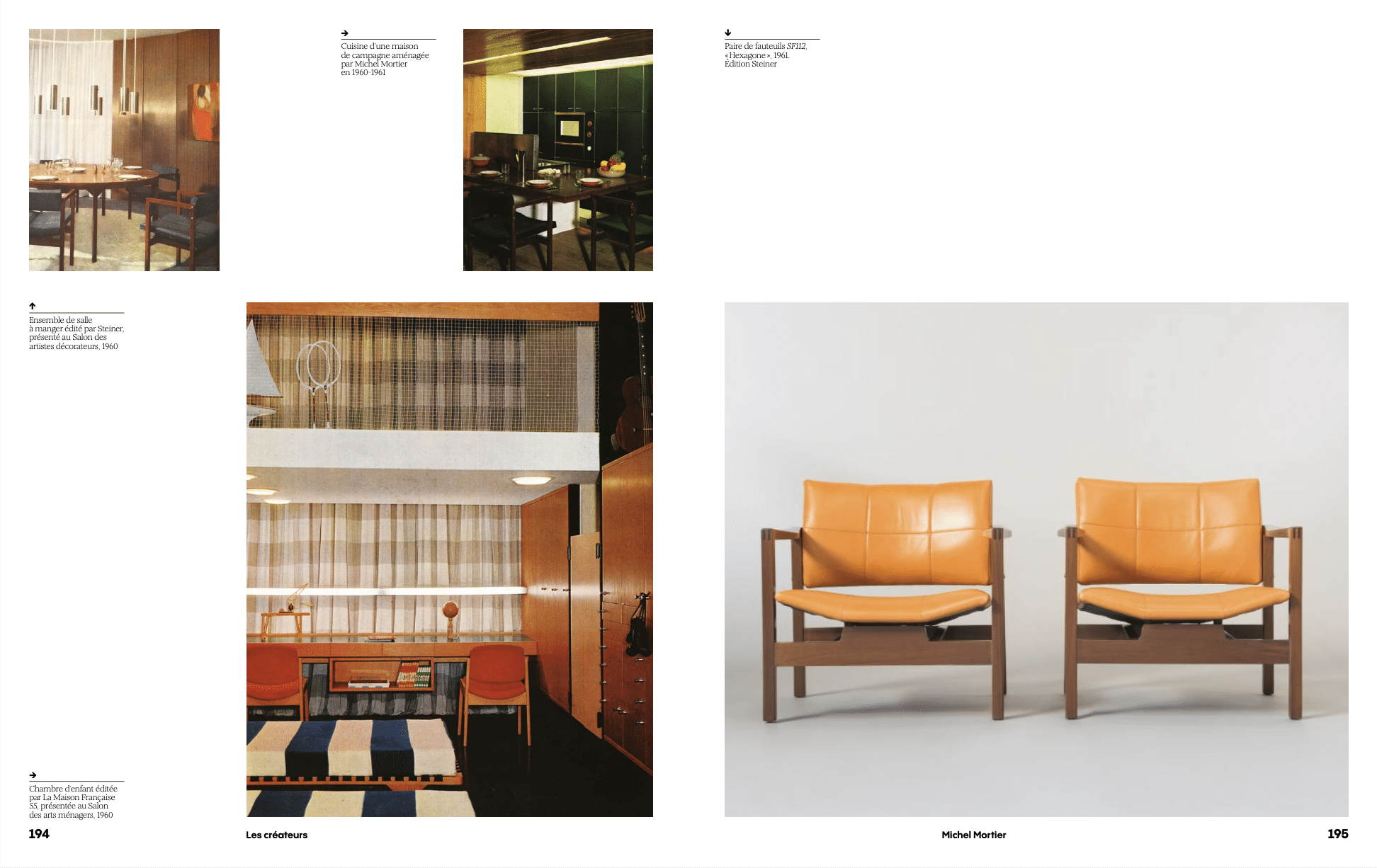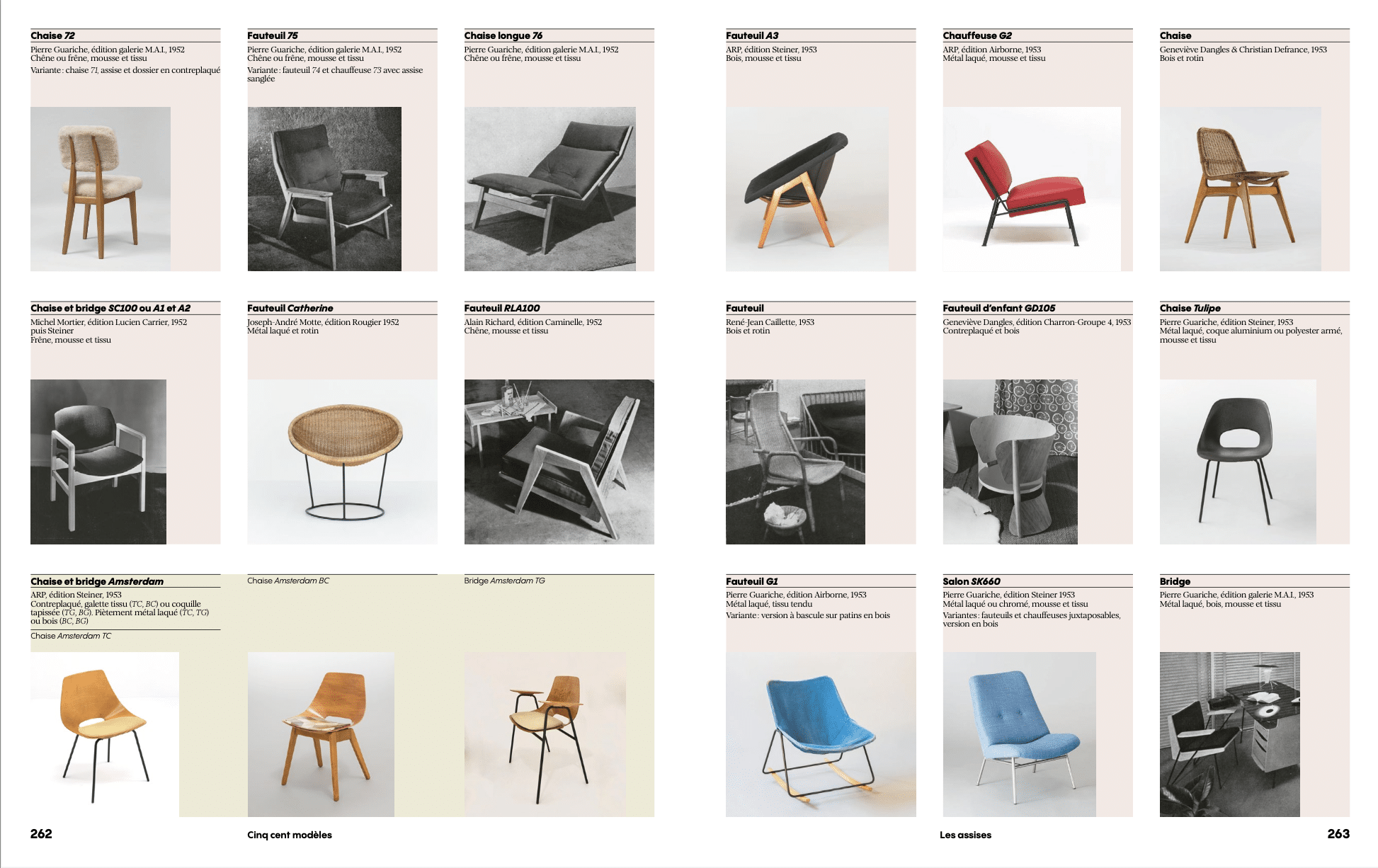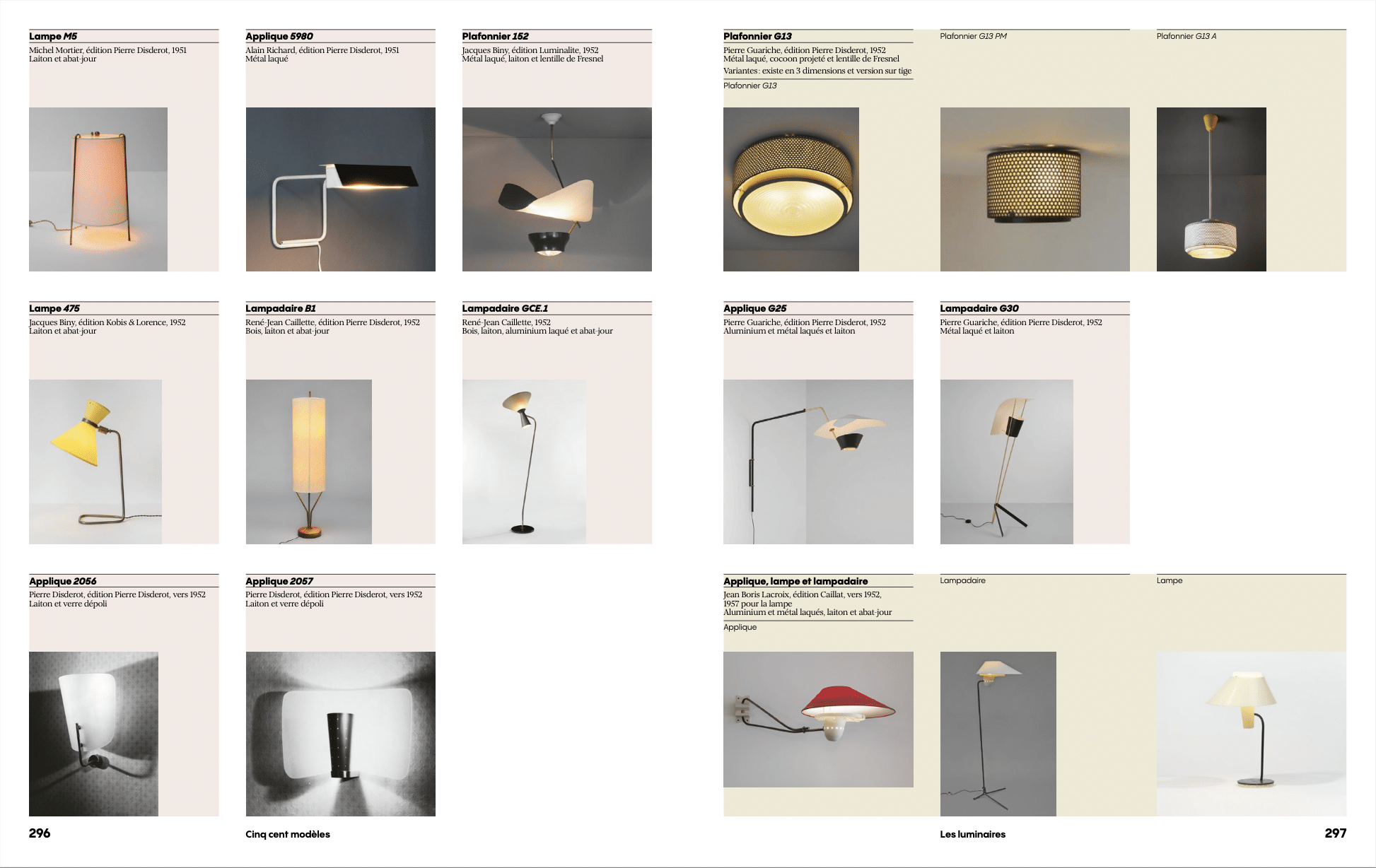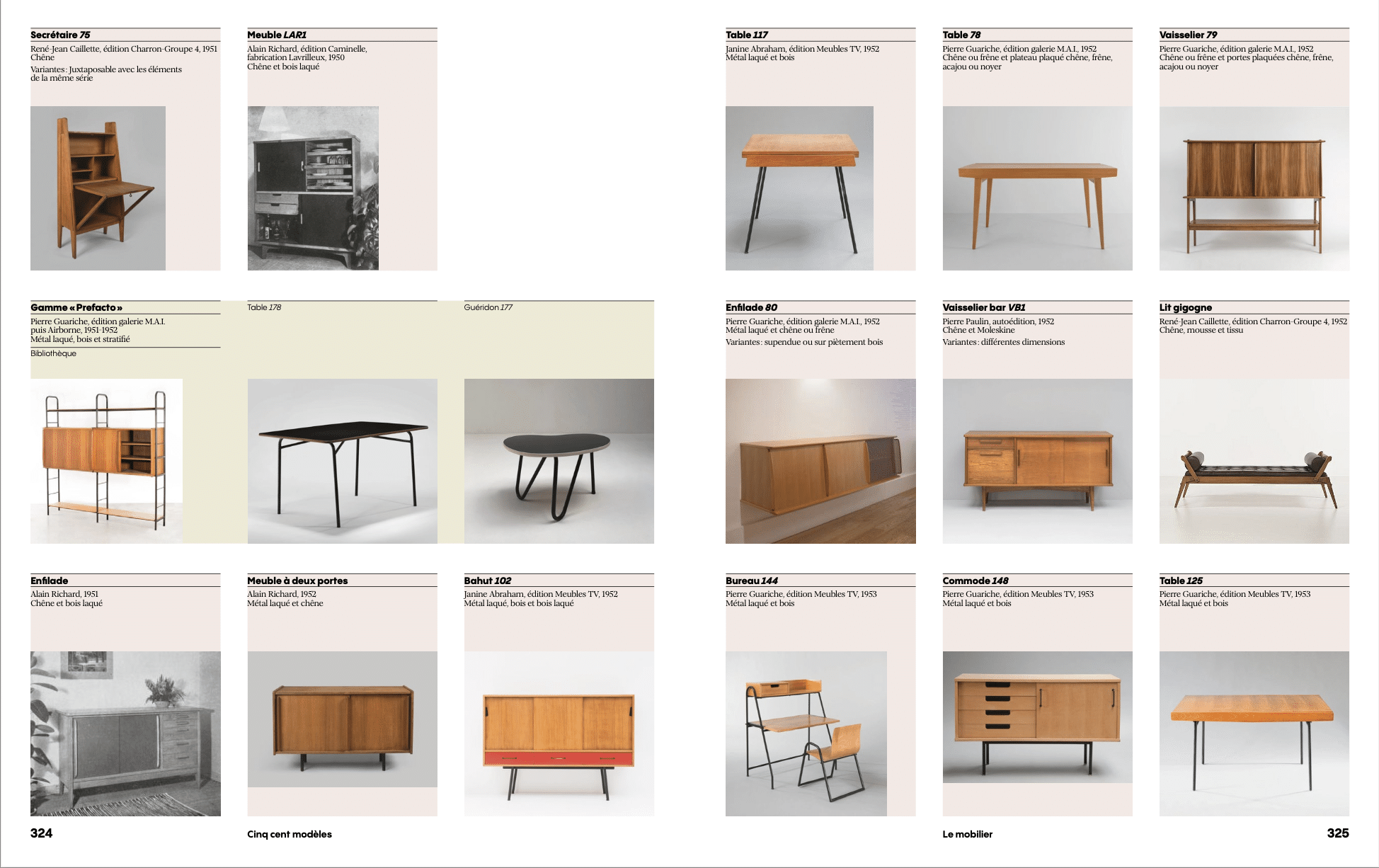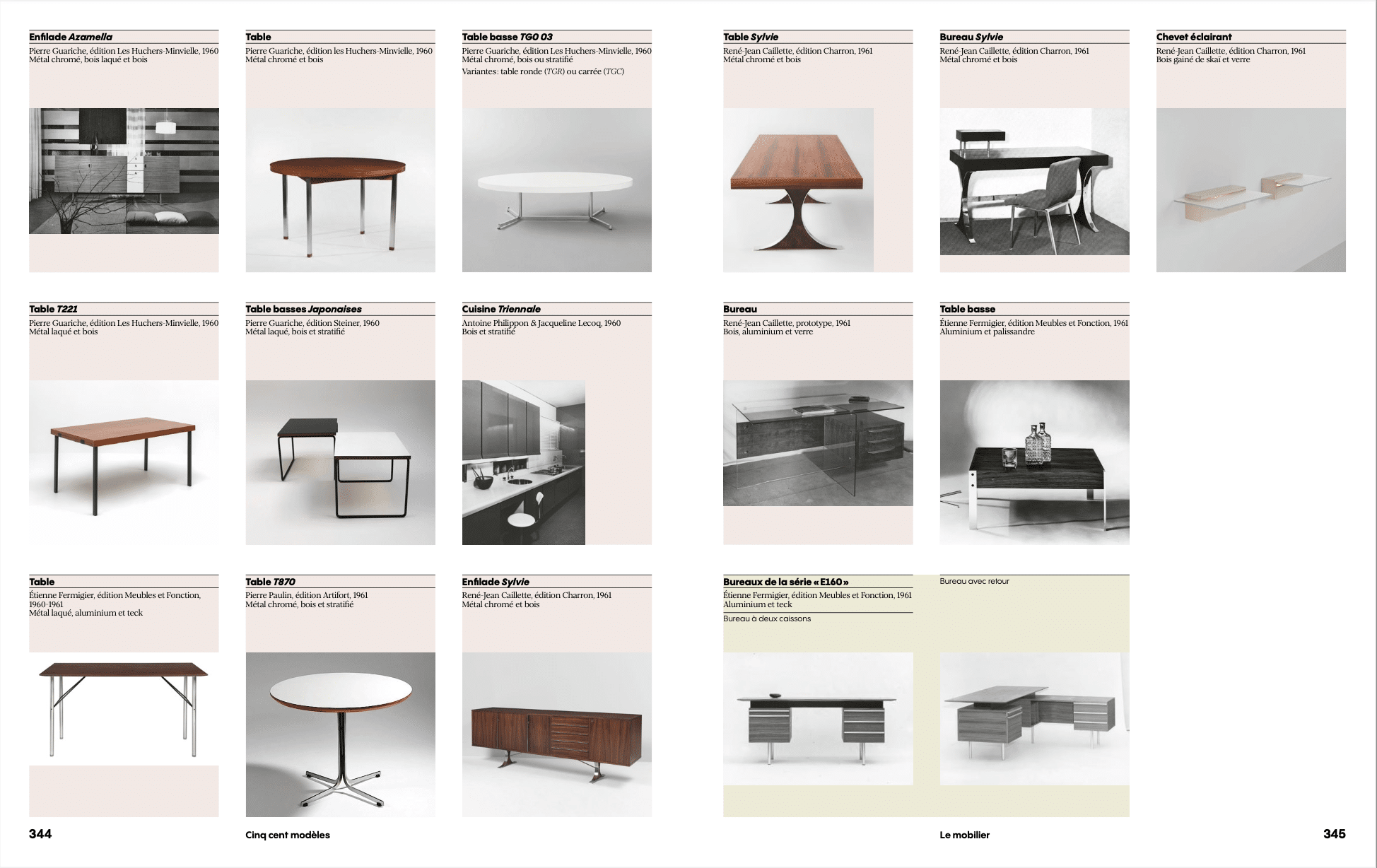Design Français 1950. La génération des jeunes loups
Pascal Cuisinier
Édition Pascal Cuisinier / Flammarion
This book explores the conditions that made possible the emergence of this generation of creators, both on a purely theoretical level by proposing an innovative and universal definition of what design is — marking a new way of functioning for the decorative arts — as well as through an etymological review of the term and a historical perspective. Indeed, while they perfectly exemplify this new way of working in the decorative arts, now known as design, the “young wolves” were the first to create models of furniture, seating, and lighting designed for mass production — even if, at the time, these were often small production runs — and they also became the leading interior architects of the post-war “Trente Glorieuses” era. The book outlines the stages of this evolution from decorator to interior architect, passing through the role of designer, including the legal status of these professions. These two new professions, emerging in the 1950s, were accompanied by struggles and claims, as technical and commercial developments made it possible for the function of design to become autonomous, including in production and distribution.
The author demonstrates how all the conditions were met during this period, including how France’s power in many areas, notably its rich public commissions, helped foster some of the most prestigious careers and remarkable achievements in the fields of interior architecture and object design. In the second part of the book, spanning over 200 pages, the 18 designers grouped under the term “young wolves” — a phrase coined by Solange Gorse, editor-in-chief of La Maison Française, who used it in the 1950s — are presented through detailed biographies, an illustrated portfolio of iconic works, a synthetic timeline, and focused discussions on their most emblematic pieces.
The final chapter, conceived as a comprehensive catalog, identifies 500 key pieces from their work, with many variations, bringing the total number of cataloged pieces to nearly a thousand variants.
